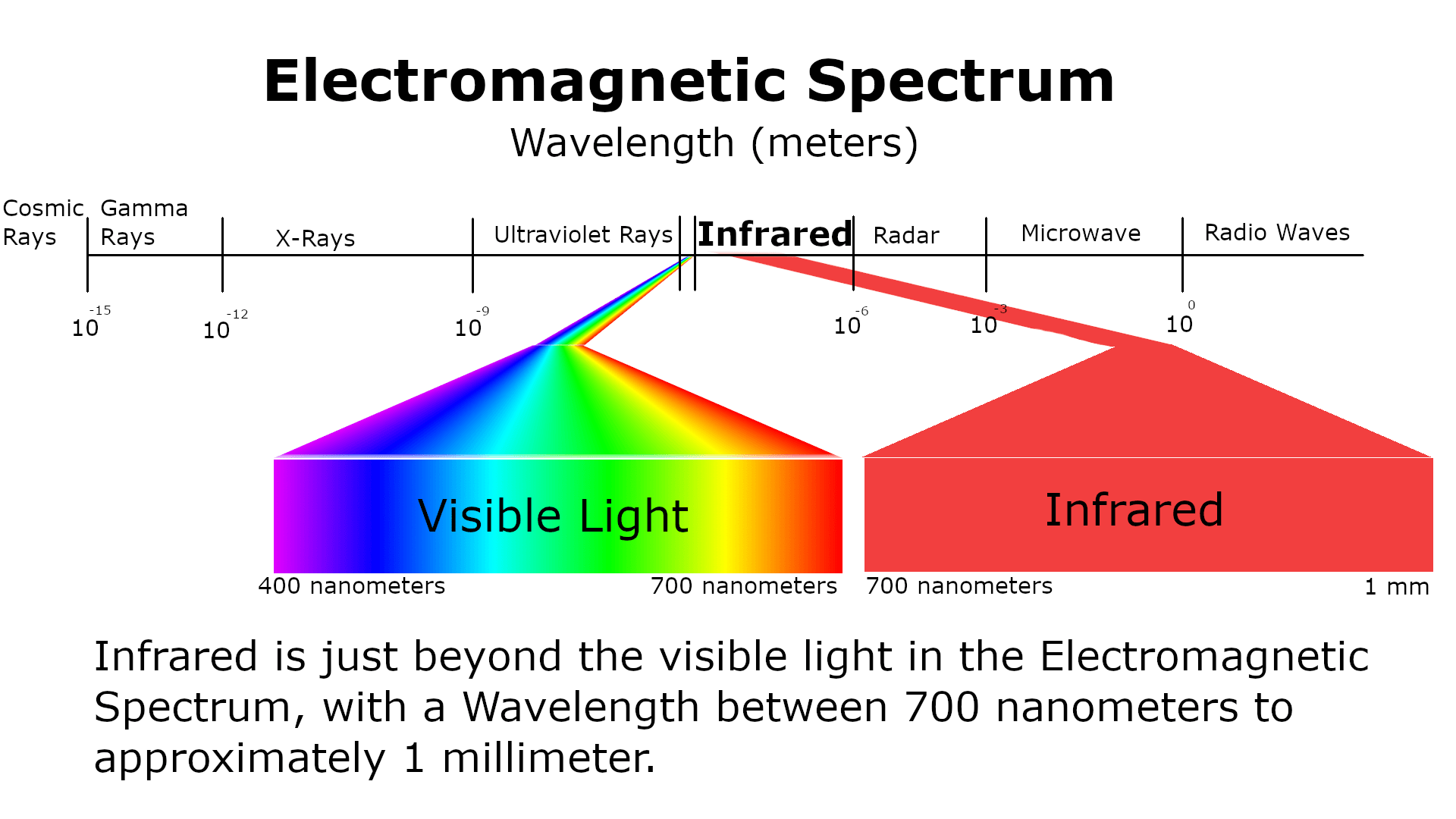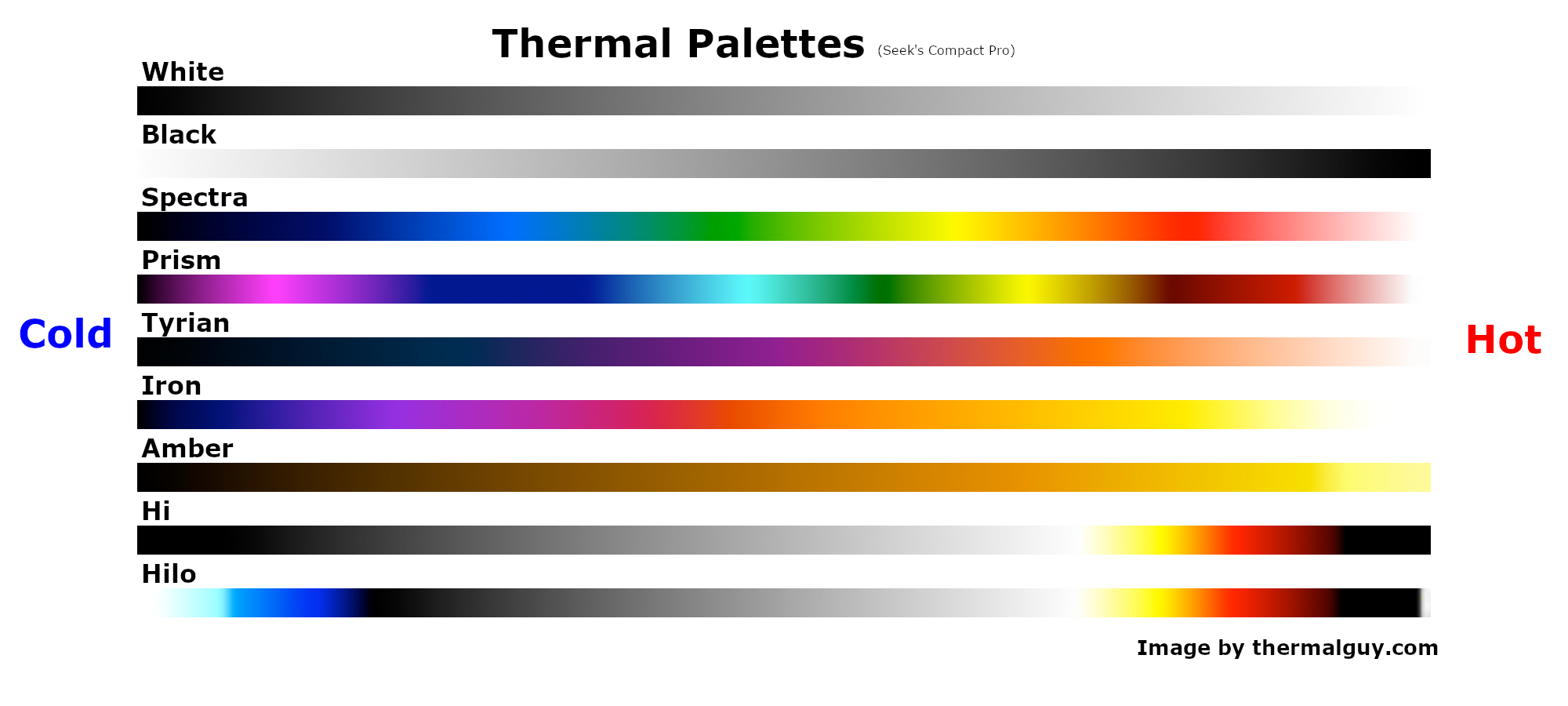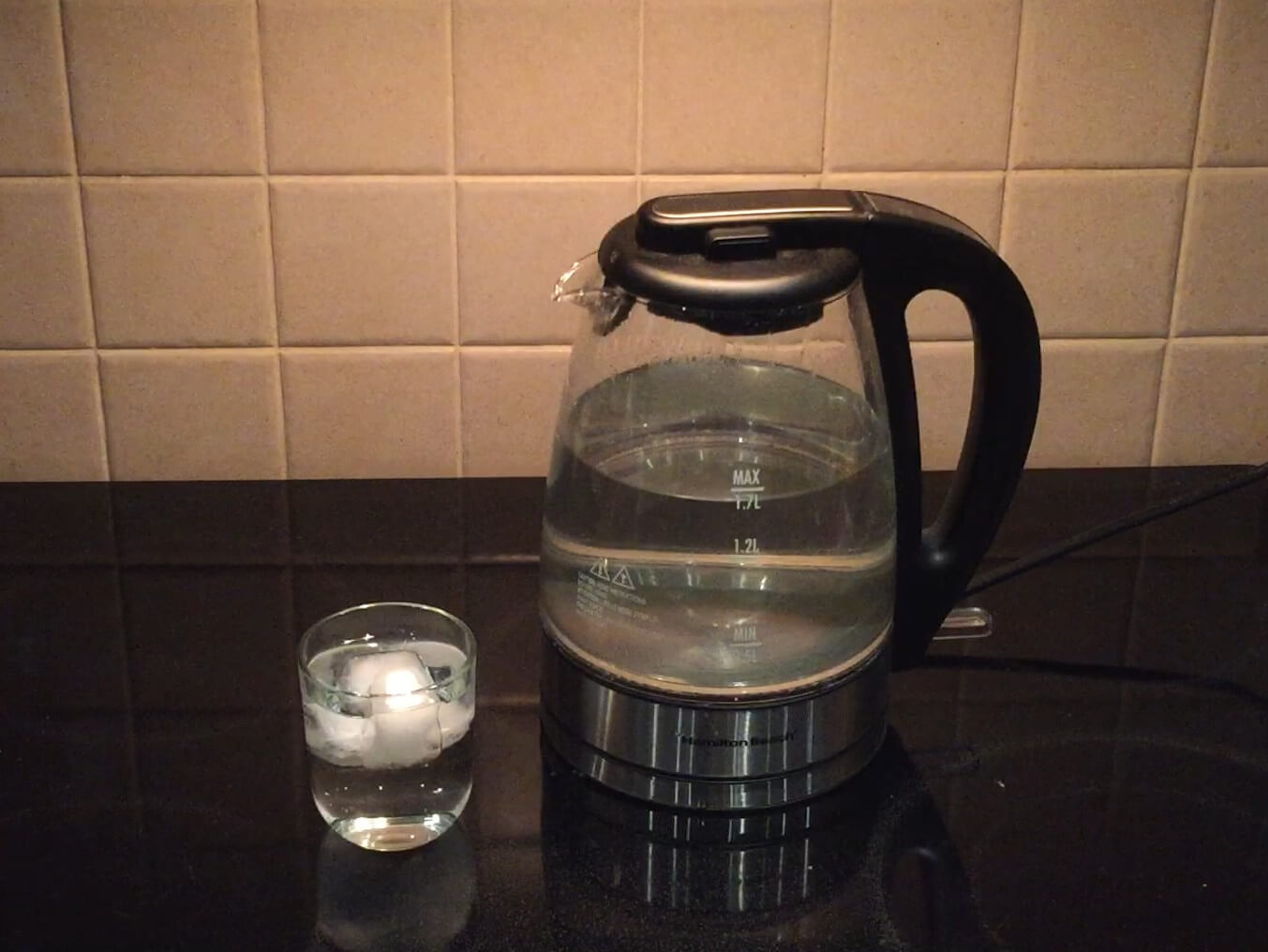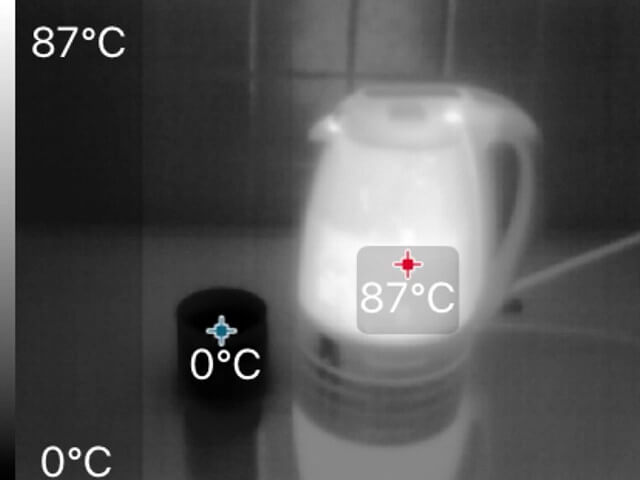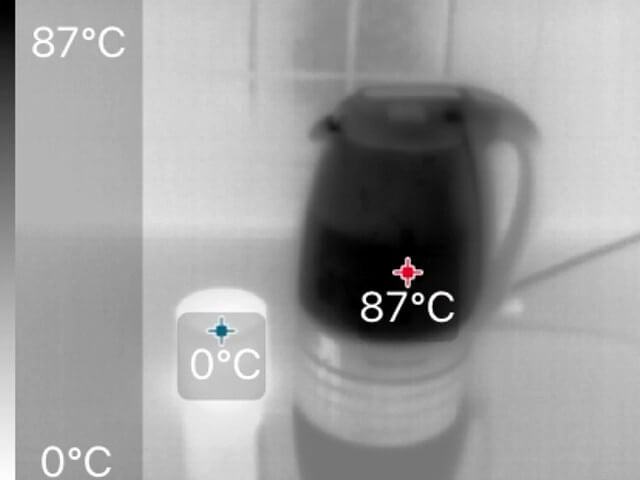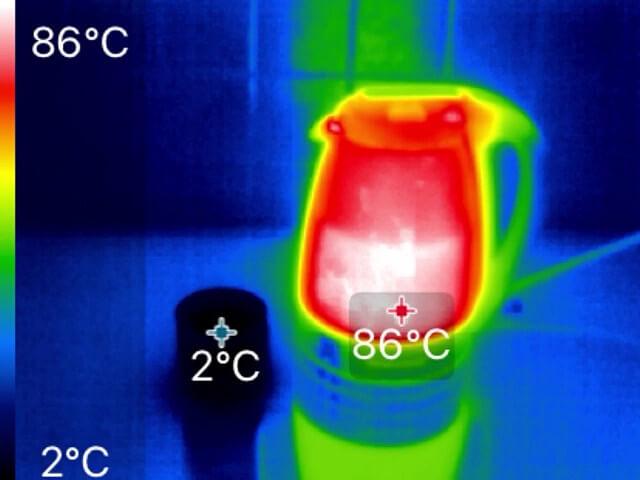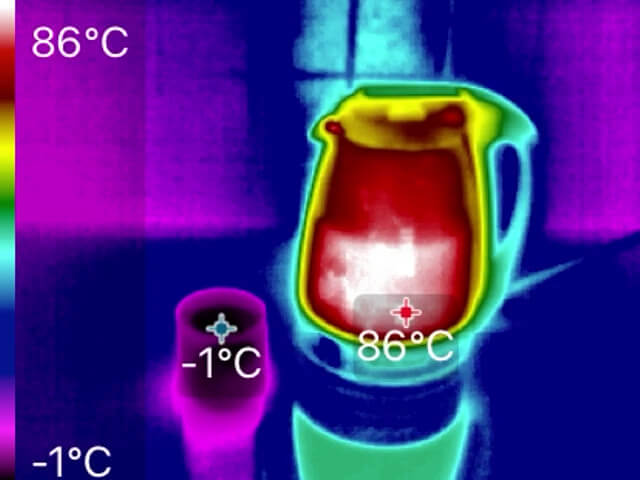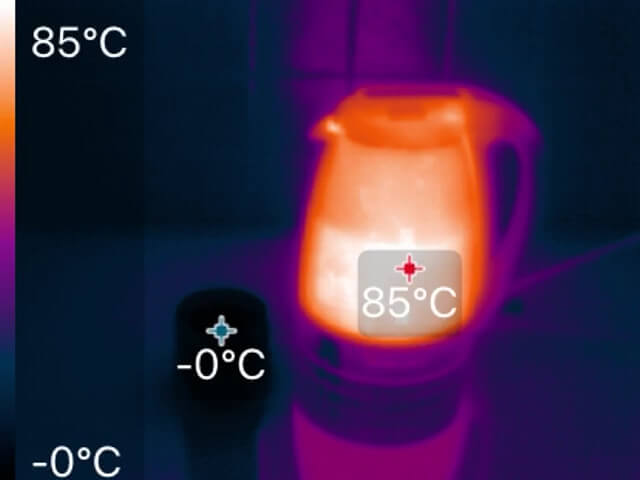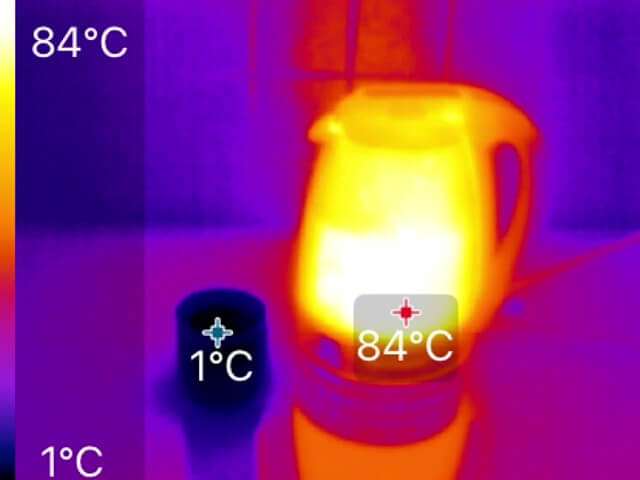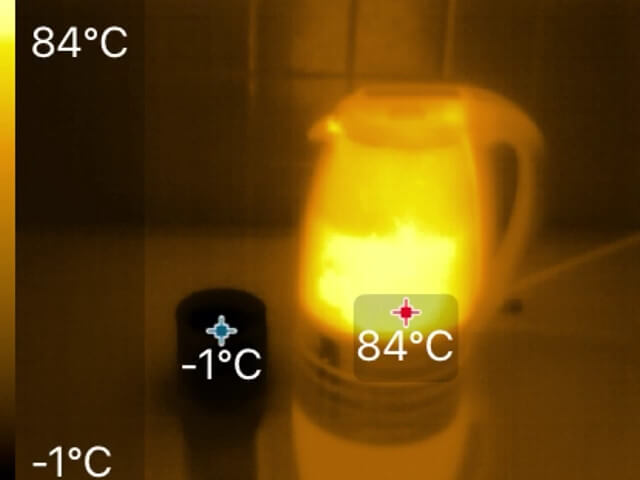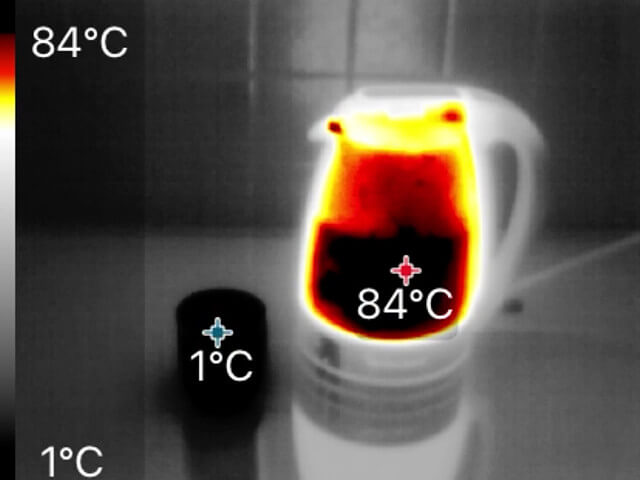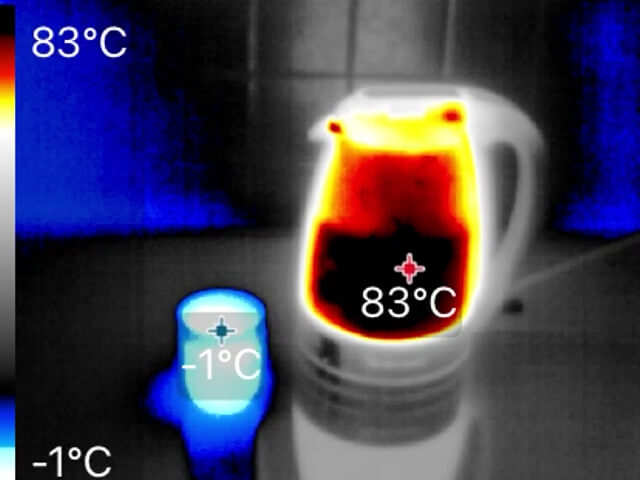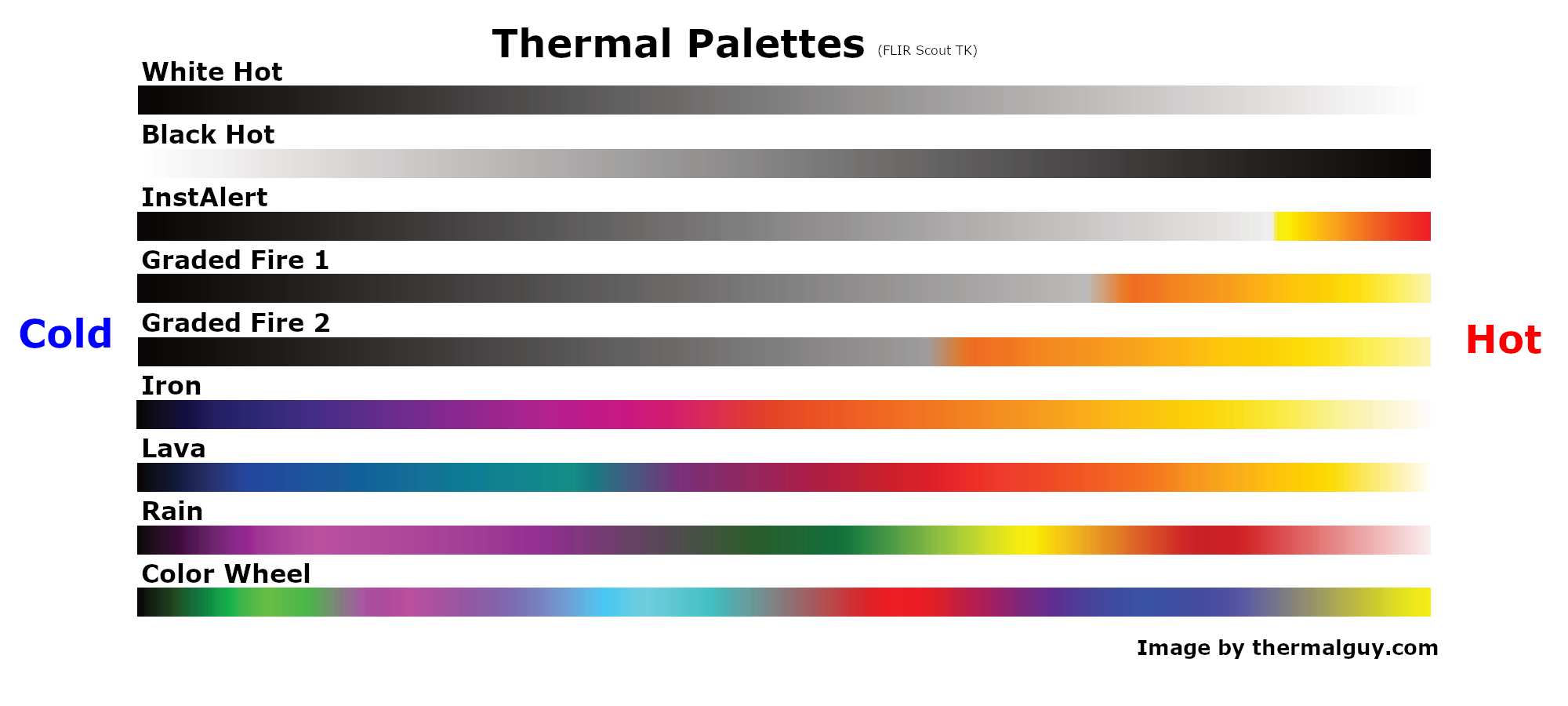Visible Light
Everything we see with our eyes is seen within the range of the electromagnetic spectrum called visible light. Everyone has their interpretations of colors in visible light. As such, visible light has a color palette. When you click this square you can view a color palette in your browser. With this palette you should be able to create almost any color you would see with your eyes, or at least within your browser.
Color Interpretations
Everyone interprets colors differently, but not everyone sees the exact colors the same way. When the eyes see a color, the brain interprets these colors to a color you have been taught.
For example, if someone says...
What color is around this text?
...then chances are they will say green. Although the color may be uniquely and differently interpreted by an individual's eyes and brain, you have been taught that the color you see is green. Your green may look completely different to another person's green because everyone's eyes and brain interpret colors to that individual. Some colors may be interpretted as the same color by some individuals. This is evident with people who are color blind.
Temperature Color Associations
You probably heard of the expressions "Red Hot" or "Cool Blue". We associate red with hot, and blue with cold. This appears to be universal concept. Fire is hot, and it is reddish. Certain industries have standardized on this concept as well, plumbing for example. Cooler packs are always blue. Red is for Hot and Blue is for Cold.
Infrared is different. There aren't visible colors in this range. So how do electronic devices suchs as infrared or thermal cameras interpret these colors? Well, similar to temperature color associations, we could have red being hot and blue being cold, and with some color palettes this is the case. However, what thermal cameras see is a whole lot more.
Thermal Palettes
Thermal imagery occurs in the spectrum beyond visible light. As such, we cannot see it with our unaided eyes. To view this light, we would have to map known colors into the unseen world of infrared.
Thermal cameras view the world by interpreting the temperatures objects radiate. So we can view these temperatures, cameras assign color palettes to temperatures, or more precisely, to temperature ranges. We have put together a collection of color palettes from 2 of the major manufacturers of personal thermal cameras, Seek and FLIR.
Note: Not all products from these companies may have these exact palettes, and they may change with different models. Other products may have different names and palettes as well.
With the Seek Thermal Compact Pro camera, there is a choice of 9 different color palettes. First off, here is a picture taken with a regular camera.
Below are the different Seek palettes:
With FLIR Scout TK Series camera, you have a choice of 9 color palettes as well:
- White Hot
- Black Hot
- InstAlert
- Graded Fire 1
- Graded Fire 2
- Iron
- Lava
- Rain
- Color Wheel
Thermal cameras also do some ranging with the image in their view. If everything in the picture is at room temperature, with a few objects hotter or cooler, then these hotter and cooler objects would stand out from the background room temperature. That is the intent of thermal cameras, to hi-lite the object which has a different temperature than its surroundings.
With the choice of different temperature palettes, the thermal camera user can adjust their views of their image, allowing them to fine tune their viewing experience.
Summary
Even though there is an unseen world in the infrared range of the magnetic spectrum, we can view these wonders by mapping out a user selectable color palette to these temperature ranges.
